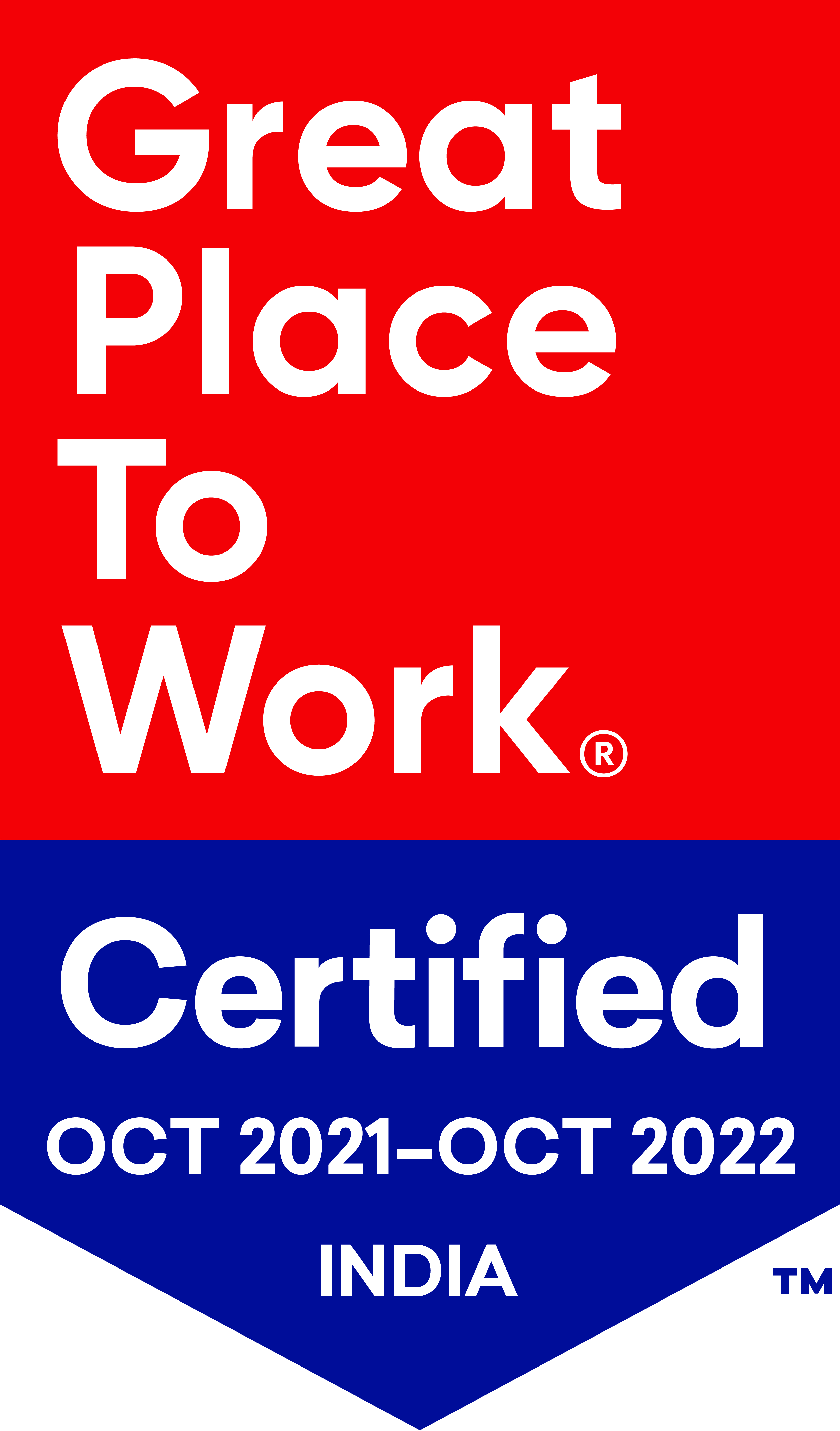The Best of Times, the Worst of Times: Do WHO’s New ARV Guidelines Serve the Needs of Key Populations?
One of the highlights of the recently concluded 7th IAS Conference on HIV Pathogenesis, Treatment and Prevention in Kuala Lumpur, Malaysia, was the launch by World Health Organization (WHO) of new Consolidated guidelines on the use of antiretroviral drugs for treating and preventing HIV infection.
Announced on 30 June 2013 at a satellite session, the new guidelines, if implemented at scale, could help avert an additional 3 million deaths and prevent 3.5 million more new HIV infections between now and 2025. At their core is the idea that earlier initiation of anti-retroviral (ARV) drugs will help people living with HIV (PLHIV) live longer and healthier lives.
The new guidelines recommend initiation of anti-retroviral treatment (ART) in all adults who have a CD4 count of 500 cells/mm3 or less, and priority should be given to individuals who have CD4 counts less of 350 cells/mm3 or less. Additionally the new guidelines also recommend that ART should be initiated immediately for PLHIV coinfected with TB or Hepatitis B and for those in serodiscordant couples. It also calls for Initiation of ART in all children infected with HIV below five years of age, regardless of WHO clinical state.
Soon after the launch, one of the conference participants, a self-identified MSM living with HIV, aptly described the new recommendations to me: ‘It was the best of times, it was the worst of times.’ One of the guiding principles behind the new recommendations is ‘promoting human rights and health equity,’ and for the first time WHO clinical ARV guidelines acknowledge the distinct challenges faced by key populations affected by the epidemic—men who have sex with men, transgenders, people who inject drugs, and female sex workers.
This is great progress for many reasons. The failure of the global HIV response to adequately acknowledge and address the barriers that prevent key populations from accessing treatment and related clinical services continues to be a gap of significant proportions. Structural, legal, institutional, and social forces keep key populations from entering into the continuum of care. For example, Alliance India conducted operations research in 2012 to assess the quality of HIV-related services for MSM and transgender populations in India. The research identified specific issues such as lack of confidentiality, lack of privacy, overall unfriendly environment at the service centre, and insensitivity amongst health-care providers at this country’s ART centres.
In fact, a recently published article in the New India Express describes how India’s transgenders continue to face serious barriers to accessing HIV treatment and other health services. Rather than face discrimination and stigmatizing attitudes, too many are avoiding clinics and not getting the care they need. One transgender describes her experience, ‘When we go to big hospitals, the nurses send us away. They refuse to examine us because they feel disgusted to make physical contact with us.’
In India and elsewhere, key populations are routinely denied their right to health. They are refused treatment and other services and have little or no access to care and support. Like it or not, these are still the worst of times for too many key populations. Though these guidelines do offer hope and optimism, we need to reimagine how key populations access health services and ensure that governments and donors like the Global Fund and PEPFAR include expanded access for key populations as an essential component of their supported treatment programming. If we take the lives of key populations seriously, the promise of the WHO’s new ARV guidelines might just guide the way to a better future.
___________________________
The author of this post, Yadavendra Singh, is Senior Programme Officer: Capacity Building for Alliance India’s Pehchan Programme.
With support from the Global Fund, Pehchan builds the capacity of 200 community-based organisations (CBOs) for men who have sex with men (MSM), transgenders and hijras in 17 states in India to be more effective partners in the government’s HIV prevention programme. By supporting the development of strong CBOs, Pehchan will address some of the capacity gaps that have often prevented CBOs from receiving government funding for much-needed HIV programming. Named Pehchan which in Hindi means ‘identity’, ‘recognition’ or ‘acknowledgement,’ this programme is implemented by India HIV/AIDS Alliance in consortium with Humsafar Trust, PNRO, SAATHII, Sangama, and SIAAP and will reach 453,750 MSM, transgenders and hijras by 2015. It is the Global Fund’s largest single-country grant to date focused on the HIV response for vulnerable sexual minorities.
Other Recent Articles
- The COVID-19 pandemic through a transgender person’s lens 20 May, 2021
- The first-ever National Transgender Summit reaffirmed the rights of the transgender community 16 April, 2021
- Our Reflection on World Health Day 2021 7 April, 2021
- Vihaan Care and Support Programme Review Meeting 6 April, 2021
- Never too late to save one more life 25 March, 2021
- Ensuring ART adherence among the discordant couple 12 January, 2021
- Providing counselling and support to decrease loss-to-follow-up among PLHIV receiving ART 29 December, 2020
- Human Rights & Faith for People Who Use Drugs in Times of Pandemic 21 December, 2020
- Walking the talk: Making services community-led in India’s HIV response 21 December, 2020
- Press Release: The Launch of Faith For Harm Reduction Manual 19 December, 2020
- Made by Nicdark - Copyright 2020
- donations@ong.com
- volunteers@ong.com
- contact@ong.com
India HIV/AIDS Alliance
A not-for-profit Section 8 Company with Registration No: U85310DL1999NPL098570
Contact
-
6, Community Centre
Zamrudpur Kailash Colony Extension
New Delhi – 110048 - +91-11-4536-7700
Download
Quick links
©2021 All Rights Reserved by Alliance India




Leave a Reply